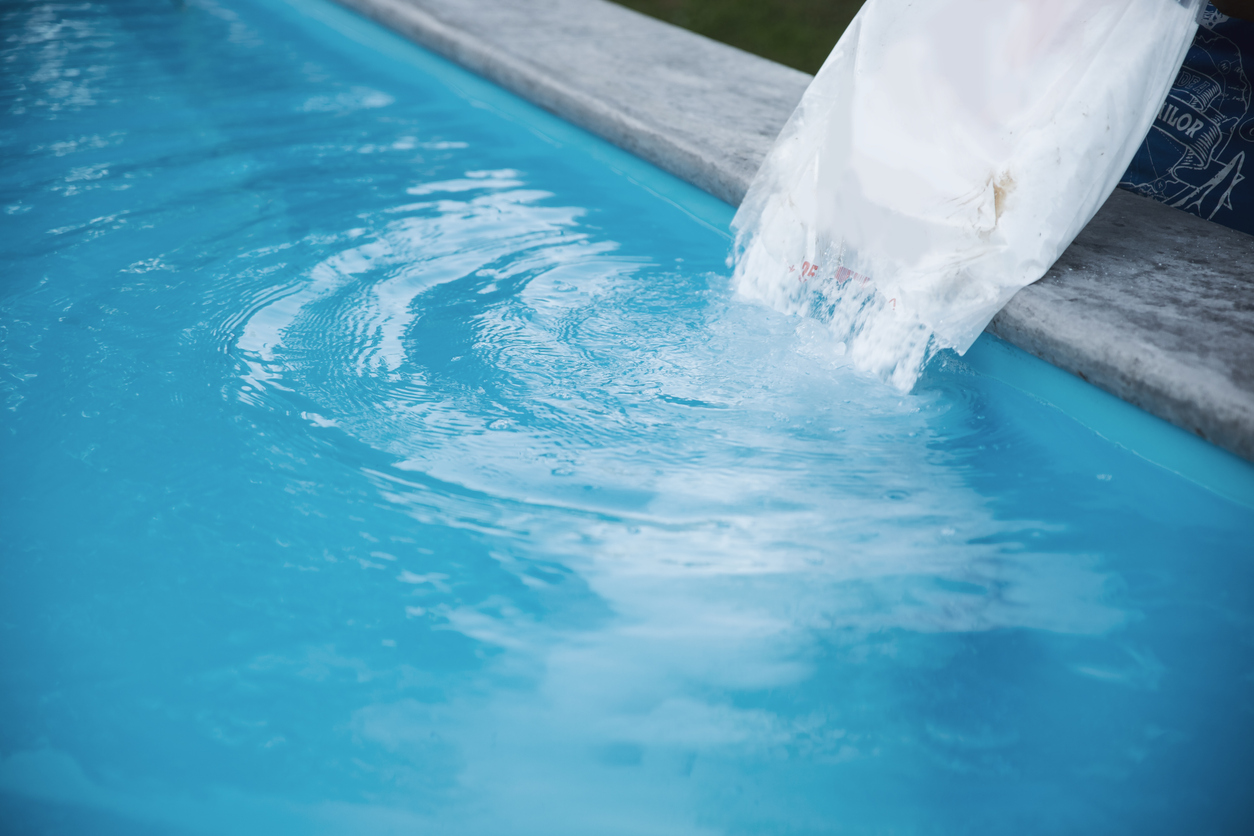Bringing Clarity Back: The Science and Steps Behind Breakpoint Chlorination and SLAM

If you've ever uncovered your pool only to be met with a strong chlorine odor, murky water, or irritated eyes after swimming, you're likely dealing with chloramines. These irritating compounds form when chlorine binds with contaminants like sweat, body oils, and organic debris. The solution? Breakpoint chlorination, also known as “shocking.” This process eliminates chloramines and restores water clarity. For severe algae infestations, a more intensive method known as SLAM (Shock Level And Maintain) is used. Here's how to reclaim crystal-clear water.
Understanding Breakpoint Chlorination
Breakpoint chlorination occurs when enough free chlorine is added to oxidize all contaminants, including ammonia and nitrogen compounds that form chloramines. Once you surpass this threshold, chloramines are destroyed, leaving only free chlorine. This not only eliminates the pungent “chlorine smell” but also restores proper sanitization.
Signs You Need to Shock
- Strong chlorine odor despite normal or high chlorine readings.
- Cloudy or hazy water that won't clear with filtration.
- Visible algae growth, from green blooms to black spots.
- High bather loads after pool parties or heavy use.
- Heavy rainfall introducing contaminants.
The SLAM Method (Shock Level And Maintain)
While breakpoint chlorination is a one-time shock treatment, SLAM involves maintaining high chlorine levels over an extended period until all contaminants are eliminated. This method is ideal for algae removal, severe water cloudiness, or stubborn organic buildup.
1. Test and Adjust pH
Before shocking, ensure pH is between 7.2 and 7.4 for maximum chlorine effectiveness.
2. Raise Free Chlorine to Shock Level
Calculate the chlorine dosage needed to reach a shock level of 10-12 ppm or higher, depending on the contamination level and pool size.
3. Maintain Shock Level
Regularly test free chlorine (FC) and combined chlorine (CC) every few hours. Keep chlorine levels elevated until CC drops below 0.5 ppm and water clears.
4. Brush and Vacuum
Brushing the pool's walls and floor helps dislodge algae and biofilm, allowing chlorine to work more effectively. Vacuuming debris to waste prevents recontamination.
5. Filter Care
Keep your pump running continuously during SLAM. Backwash or clean your filter regularly to remove dead algae and debris.
6. Finish and Balance
Once CC is near zero and the water is clear, let chlorine levels naturally drop to 1-3 ppm. Retest pH, alkalinity, and CYA to ensure proper balance before resuming regular pool use.
Common Pitfalls and Tips
Don't Overlook Cyanuric Acid (CYA)
High CYA (stabilizer) levels can make shocking ineffective. If CYA is too high, consider partially draining and refilling the pool before SLAMing.
Pre-Dissolve Granular Chlorine
To prevent liner or surface bleaching, dissolve granular chlorine in a bucket of water before adding it to the pool.
Test Often
During a SLAM, frequent testing is essential. You may need to dose chlorine multiple times daily to maintain shock levels.
Safety First
Keep swimmers out of the pool during shock treatments. Store chemicals in a cool, dry place, and always handle them carefully.
Conclusion
Breakpoint chlorination and SLAM are powerful tools for restoring a neglected or heavily used pool. Whether you're eliminating stubborn algae, correcting murky water, or removing chloramines, a well-planned shock treatment can reset your water chemistry and bring back crystal-clear conditions. With the right knowledge and a consistent testing strategy, you can maintain a safe, inviting pool all season long.
